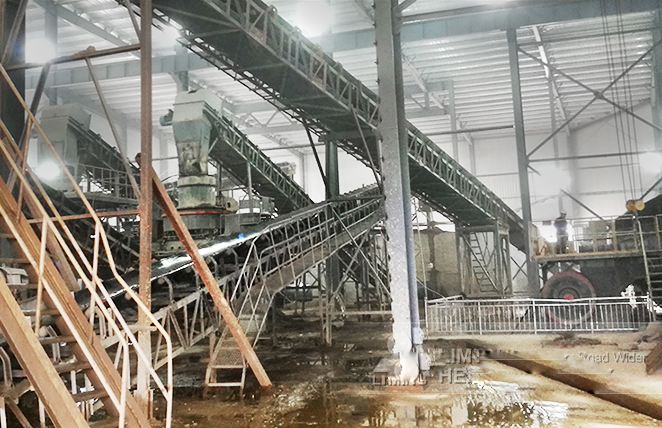A horizontal impact crusher is a type of hard rock crusher that uses high-speed impact forces to break down materials, making it ideal for crushing tough and abrasive rocks like granite, basalt, and quartz. Here’s a detailed breakdown:
Key Features of Horizontal Impact Crushers for Hard Rock:
1. Horizontal Shaft Design
– The rotor spins horizontally, accelerating material into stationary anvils or curtains.
– Delivers high-impact energy for efficient size reduction.
2. High Crushing Efficiency
– Ideal for primary, secondary, or tertiary crushing.
– Produces cubical-shaped aggregates with fewer fines.
3. Durable Wear Parts
– Equipped with manganese or ceramic blow bars to withstand abrasion.
– Replaceable liners and breaker plates extend service life.
4. Adjustable Settings
– Hydraulic or mechanical adjustment of the impact aprons/curtains to control product size.
5. High-Speed Rotor (500–1200 RPM)
– Generates strong centrifugal forces for effective rock fragmentation.
6. Versatility in Applications
– Used in mining, quarrying, recycling (concrete/asphalt), and aggregate production.
—
.jpg) Popular Models & Brands
Popular Models & Brands
– Nordberg NP Series (Metso Outotec)
– Terex Cedarapids IP Series
– Sandvik CI Series
– HAZEMAG AP-PH Series
—
Advantages Over Other Crushers
✅ Better cubical product shape than jaw/cone crushers
✅ Higher reduction ratios (up to 20:1)
✅ Lower operational costs compared to vertical shaft impactors (VSIs) for hard rock
Disadvantages
❌ Higher wear part consumption than cone c hers in abrasive applications
hers in abrasive applications
❌ Requires regular maintenance
—
Best Applications
✔ Primary crushing of medium-hard to hard rocks
✔ Secondary/tertiary crushing in aggregate plants
✔ Recycling concrete & asphalt
Would you like recommendations based on specific rock types or production requirements?




